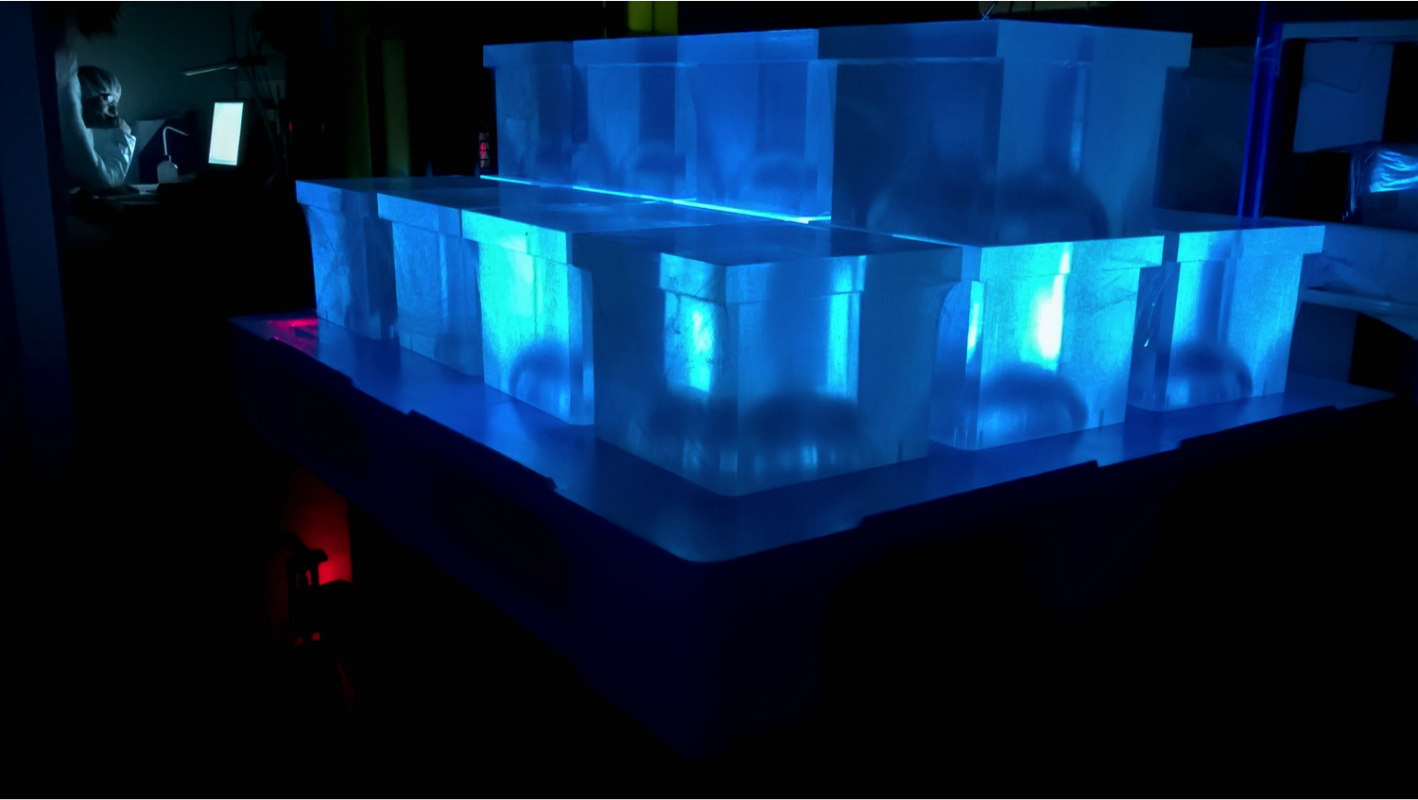Scintillation Light
Liquid argon time projection chambers use ionization electrons to create their stunning images of neutrino interactions, but argon is also a very prolific scintillator. The light it emits can be used in combination with the ionization charge to improve the energy reconstruction, reject cosmic ray backgrounds and precisely measure the interaction times of the interactions. The full extent of how scintillation light can be used to enhance reconstructing neutrino interactions is still being understood and the Edinburgh group is working on this from different angles.

We have the capability to coat large areas with TPB, a wavelength-shifter, which prevents surfaces from absorbing the Vacuum Ultra Violet light emitted by liquid argon, and making it detectable by photon detectors. Such surfaces have been installed in the SBND and CCM experiments and greatly enhance the light collection efficiency. We have worked on developing a simulation model that makes it possible to simulate the transport of scintillation light in large scale argon detectors, which is now employed by DUNE and SBND. Finally, we are developing using new methods to measure the performance of large scale TPC light collection, focusing on MicroBooNE and SBND.
Experiments involved:
Photo: SuperNEMO-pictures

